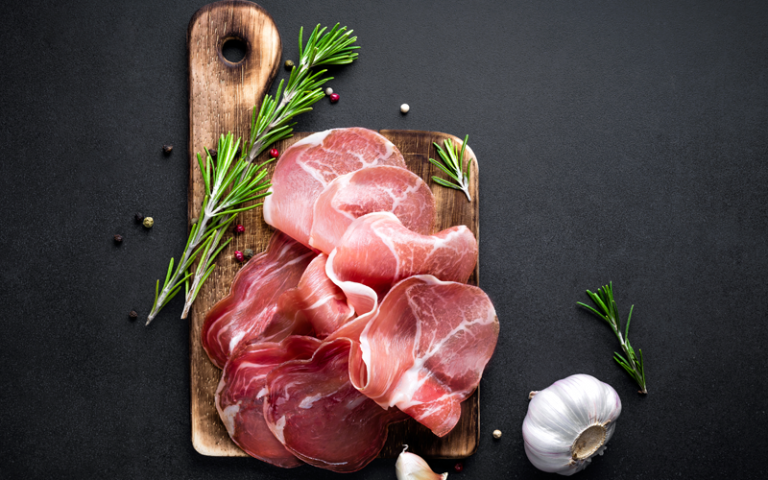
The meat processing business is on an upswing, with companies from Poland to Australia expanding their facilities to cope with rising demand. Extra capacity is always welcome, but the challenge remains – how does a company ensure maximized usage of resources and raw materials?
In an industry characterized by high volumes and low margins, every cent counts. So it’s crucial to strive for better planning decisions – the kind that contribute to greater profits.
What are the kind of planning decisions that most meat processors struggle with? Let’s take a look at two major planning areas.
When demand exceeds supply
The only constant in the industry is uncertainty. Volatility in demand is common – say a retailer’s promotion is going really well and volume of product goes down quicker than anticipated. What is the impact on the raw materials that you have? You would face shortages. To determine the best next step, you will need to answer a number of questions:
- Can you address these shortages at this point?
- Are you able to use substitutes by identifying alternative raw materials?
- Can you get supplementary materials by making last-minute purchases from the market?
- Can you use some of the materials in stock from shelf life-extending processes, such as tempering and vacuum packing?
The ability to make the right call requires visibility into your operations. Only then will you be able to review the full range of options related to decisions on materials, capacity, labor, costs, fulfillment and transportation.
The risk of over-blending
The blending and formulation process presents another set of challenges. Blending involves primals and pieces, as well as meat trimmings. They can be turned into a variety of end products such as mincemeat, hot dogs, sausages and burger patties.
Whatever the end product is, there are a lot of variables involved. You have recipes with certain tolerances that may include ingredient flavorings, fragrances and colorings. The goal is to achieve desirable frozen-fresh and meat-fat ratios. By making use of flexibility in recipes, you’re able to balance your day-to-day supply and demand better. There is a lot of value if you can make the right decisions in this part of the supply chain, work with the given constraints, deliver the promised goods and achieve good profit margins.
For the sake of meeting formulation specifications, many meat processors tend to over-blend and deliver a higher quality product. It’s great for the end customer, but it deals a blow to the meat processor’s bottom line. A good balance in the blending process, on the other hand, will minimize waste in the form of unsellable cuts and unused meat in general.
Better profits is within your reach It’s possible, when you have the right planning solution for your meat processing operations. An intelligent solution powered by optimization and KPI-driven planning is what you need to effectively manage key challenges such as supply shortage and blending and formulation complexities. It gets you to where you want to be, maximizing capacity and meeting strict SLAs with confidence. Ultimately, better profits can be achieved. How does it work? Get the full details here.

